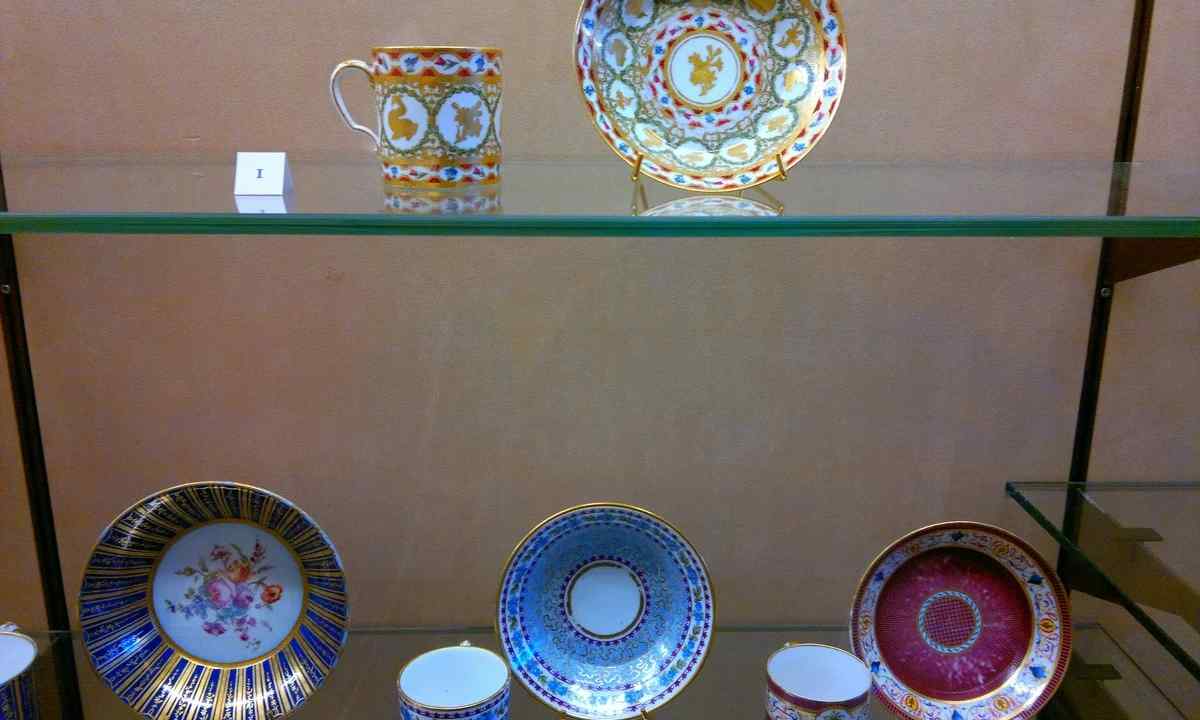Noble porcelain and practical faience – links of one chain. These are types of ceramics. They differ in structure, production technique and the price. Not to be deceived, it is necessary to know signs which will help to define authenticity of porcelain products and not to confuse them with faience.
Instruction
1. The smaller percent of clay and bigger quantity of various components is part of porcelain: quartzite, feldspar, kaolin. They provide to porcelain glassiness, give whiteness, thermal firmness and porosity, smaller in comparison with faience.
2. To distinguish porcelain product from faience, take subject and look at it on light. The real thin-walled porcelain has to appear through. It is translucent, unlike faience which does not pass light at all and, as a rule, becomes covered with glaze.
3. If it is necessary to define authenticity of volume thing (for example, figurines), invert it and attentively consider bottom. At porcelain product it does not become covered with glaze. It is connected with technology of roasting which is made at more high temperatures, than at faience production. And that porcelain did not stick to support, before the second stage of roasting glaze is cleaned off.
4. Examining subject bottom, pay attention to the lower neglazurirovanny rim. If it white, as well as all product, then before you, most likely, porcelain. The rim at faience on color differs from glaze of the subject and happens usually beige or light gray shade.
5. Carefully knock on your product. At easy contact, porcelain makes clear clear sound to which even definition "the singing porcelain" is thought up. The product from faience sounds deafly, several tones below.
6. One more distinctive and evident feature – product weight. For its definition it is not necessary to use scales, take your cup, plate or figurine in hand. If they are offhand heavier, than looked from outside – before you faience. Graceful porcelain is very easy, almost weightless.
7. Color of product can also prompt to what type of ceramics it belongs. Traditionally china was done white, with possible small painting. It differs in it from multi-color and often bright faience. Exceptions make the colourful antiquarian products from porcelain made in China and Korea. But you should not forget that things from color porcelain occasionally meet. But they, despite chromaticity, keep the transparency and special ease.

